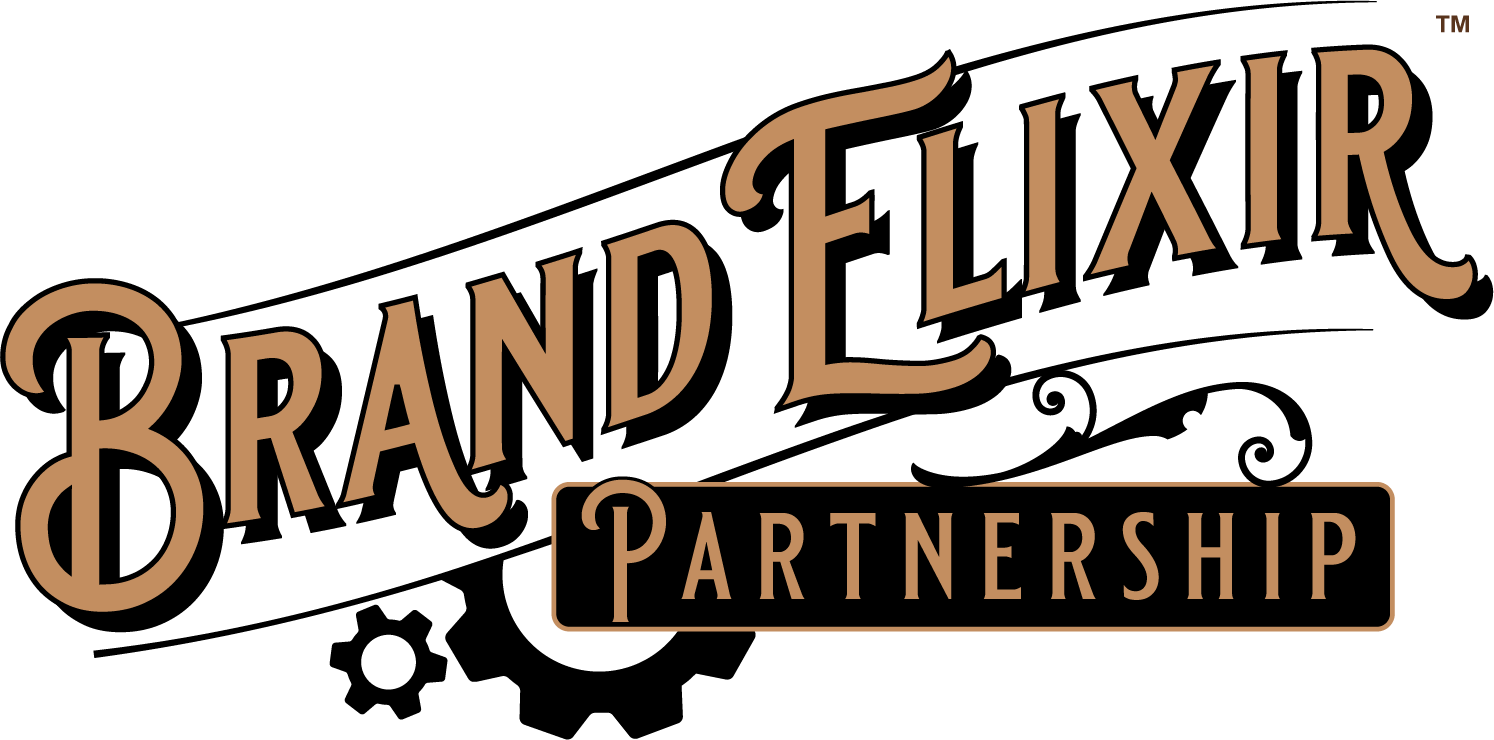THE BRAND OWNER’S DILEMMA: The Care and Feeding of Distributors, Part I
The explosion of new craft breweries, distilleries and wineries over the past several decades has been a benefit to local economies, curious consumers, and to the craft entrepreneurs themselves. However, for every craft brand that “makes it big” (insert your meaning of “big” here), there are many other, equally hard-working craft brand owners who struggle to scale, and still, many more that simply fail. While we cannot address every solution for a craft brand’s business woes, we do want to take time in this article to focus on a few, simple rules and suggestions for working with your distributor partners.
First, for many craft beverage brands, the journey to growth begins with self-distribution. A few cases in the trunk of the car, and off you go to sell your first run/vintage/barrel of your hard-spent time and resources. This process works for a time, but soon your trunk grows too small, your responsibilities grow too numerous, and your customers and consumers are demanding larger quantities. Kudos, you have begun to scale your brand.
It is usually at this point that the idea of having a distributor begins to appear; and usually, if you have been successful growing your brand locally, distributors have noticed you and have offered their services. While we will discuss the specific strategies around distributor selection in a future article, let us assume that you have picked your distributor, you are shipping to his warehouse, and you will probably be thinking that your distribution worries have been resolved. Not so fast.
Instead of it being just you who is working with local retail and on-premise accounts, you now have numerous representatives of your brand dealing with those same accounts and selling them many other brands at the same time. Do you think those representatives, while being fine people, will have the same focus and passion for your brand as you have? Your responsibility for growing your brand does not end at your distributor’s warehouse door; actually, your responsibility for brand growth has become more complicated.
For your brand to grow and prosper, it must become a priority within your distributor’s portfolio. For that to happen, you must be clear and consistent in communicating your brand priorities to the distributor. In short, you need to provide clear, direct, and consistent focus for the distributor. It is your responsibility to tell the distributor where you want your brand placed, the types of consumers who will purchase your brand, and where you would like to see your brand shelved (said another way, who is your competition?). Left on their own, with too many priorities, the distributor sales force will take the path of least resistance with your brand. It is you, the brand owner, that must communicate the priorities and you who must measure the results of their performance on a regular basis. In his classic business book, In Search of Excellence, Tom Peters summed up this responsibility perfectly: “Inspect what you expect”. And let us just add that this inspection should be early and often. Focused, specific and consistent distributor communication and management is critical for scaling your brand beyond local distribution.
In our next article, we will lay out some specific ideas on how to be a good, and profitable, partner with distributors. In this way, you will ensure your brand’s success, even when you cannot be there personally to manage every aspect of your brand’s business.
